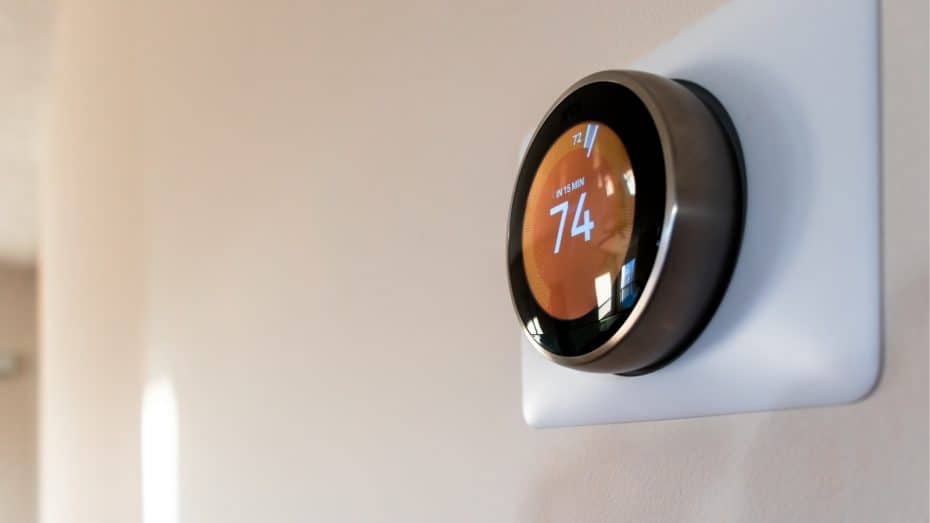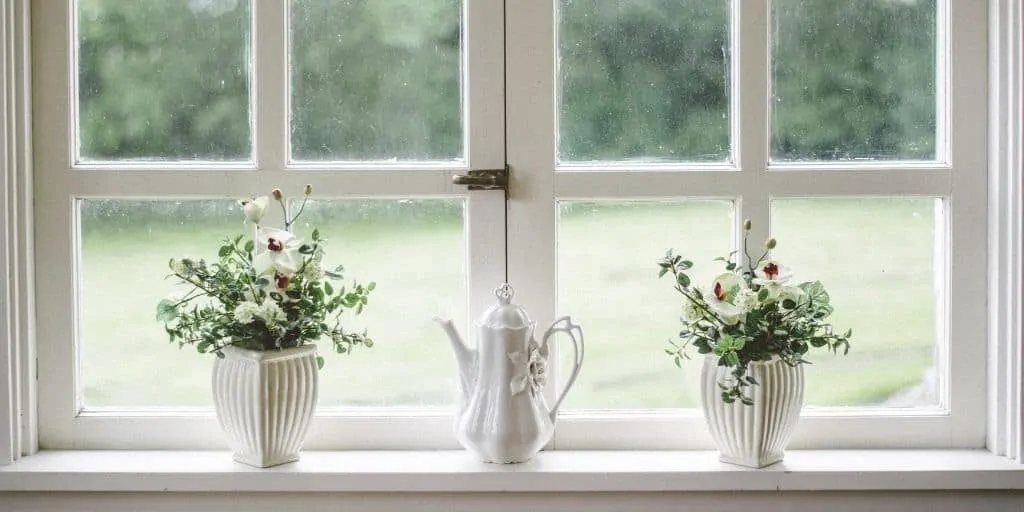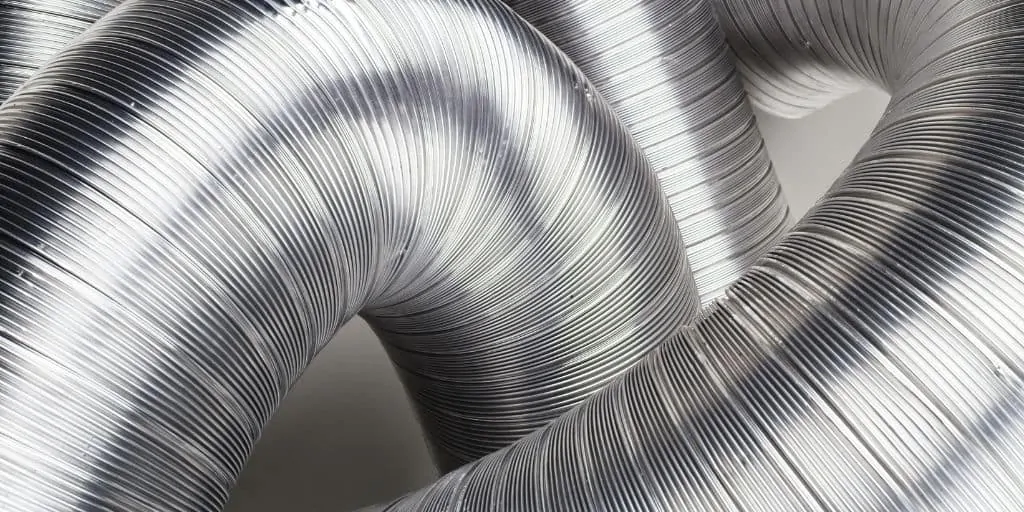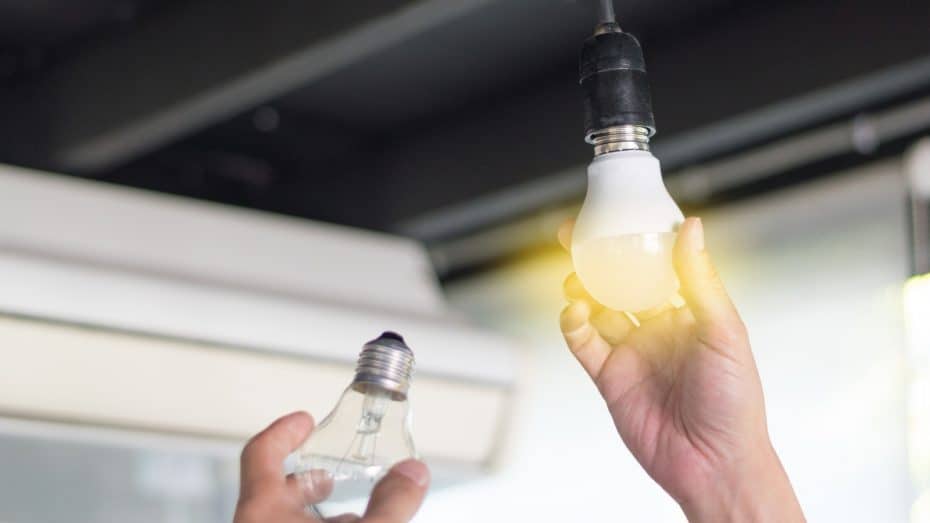
REtipster features products and services we find useful. If you buy something through the links below, we may receive a referral fee, which helps support our work. Learn more.
Have you ever thought about how you can make your rental properties stand out in your market?
What can you do to attract the best, most responsible, most reliable renters in your area?
One way is to go green, by making your properties as energy-efficient as possible.
A lot of landlords don't pay much attention to their market competition, but as in any business, there are always competitors (i.e., other properties that are prettier, safer, cost less, and are located better).
If you want to rise above the competition in your market and get noticed by the renters you want to rent to, it's important to make your properties more appealing, preferably in ways that won't break the bank.
Why Is Energy Efficiency Important?
Energy-efficient properties can be marketed as “green homes,” which can go a long way for the growing number of socially responsible consumers. Even though you may (or may not) place a high value on eco-friendliness, for many renters, it’s a high priority.
Perhaps more importantly, renters can enjoy a lot of financial gains in an energy-efficient property. As a landlord marketing an energy-efficient rental unit, you can offer several things to make the property more palatable. For example, you can include them up to a monthly ceiling amount, offer to cover the cost of utilities or present a side-by-side cost savings analysis.
All while asking for higher rent, of course.
Intrigued yet?
Here are nine ways to make your rental property more energy-efficient and make your rental even more irresistible. Best of all, most of these property upgrades are inexpensive, like these ideas for property upgrades costing less than $1,000!
1. Install a Smart Thermostat
This is a no-brainer; it’s chic, trendy, modern, and saves money.
Nearly half of the average American household’s energy usage comes from heating and cooling, which makes climate control a prime target for streamlining.
Nest cites several research studies done on its thermostats, demonstrating a 10-12% reduction in energy usage for heating and a 15% reduction in energy for cooling. In an average year, that came to $131-145 in savings per household, which means in 18 months or so, a smart thermostat can pay for itself.
Depending on which thermostat you choose, it can even be relatively cheap—you can pick up a smart thermostat for well under $200 per unit.
RELATED: Nest Thermostat E: First Thoughts and Impressions
Besides, you’ll get to boast smart home credentials, alongside your green home and money-saving credentials. Win, win, win.
2. Install Storm Doors
Because climate control is the hungriest energy-eater, it demands more attention than just the thermostat. In fact, more than half the items on this list focus on slashing heating and cooling costs.
Enter: Storm doors (pun intended).
According to the U.S. Department of Energy, storm doors can cut energy loss by as much as 50%! Plus, they last 25-50 years and cost as little as $75.
For maximum flexibility, install storm doors with sliding glass that can be opened to convert the door to a screen door in spring and fall.
3. Seal Up Leaky Windows
Windows are one of the greatest energy leaks in most properties, but not every landlord has thousands of dollars sitting idly by to replace all their windows. Ideally, you want multi-paned, maximum energy-efficient windows. If your windows are old and drafty, consider replacing them.
If you’re not ready to go that far, try some less-expensive remedies. You can add weather stripping around the frames (if your windows don’t already have it).
Often, older windows cause settling in the plaster or drywall, creating cracks where air slips in and out. Use silicone caulking to seal them up quickly and cheaply.
RELATED: New Windows On A Rental Property – Does It Make Financial Sense?
Old window panes also leak energy like a sieve. You can apply clear shrink film to windows nowadays, which is inexpensive and helps prevent energy loss through the glass itself.
4. Install Fiberglass Attic Insulation
Sound expensive? It may not be as cheap as silicone caulk, but it also comes with some serious return on investment.
According to last year’s renovation ROI report by Remodeling Magazine, new fiberglass attic insulation delivered the best bang for a property owners’ buck, returning 107.7% of the cost when it came time to sell the property.
The average cost was $1,343, while the average bump in property value was $1,446. And that value translates to higher rents if you can demonstrate to prospective renters just how much they’ll be saving on utilities compared to your competitors’ units.
5. Service Your HVAC Semi-Annually
Furnaces and air conditioning condensers lose efficiency (and quickly) if not serviced often. In addition, dirty air filters put a massive strain on your HVAC systems, causing them to wear down much faster.
Yet landlords continue to ignore this issue until they become a huge and very expensive problem.
Every September or October, send an HVAC pro out to each of your properties and have them service the furnace. Every April or May, send them out again to service the air conditioning condenser.
They can tighten connections, clean coils, lubricate parts, replace failing components, and ultimately extend the lifespan of your furnace and air condenser. Most importantly, they’ll catch small issues before they become a crisis.
And make no mistake—a furnace failure in February is an emergency, especially in colder climes. Emergencies are not only stressful but also expensive because you’re at the mercy of the contractors who are available. Pipes can freeze, inconveniences can spiral into disasters, and tenants can break their leases (or demand to be put up in a hotel).
It’s not pretty.
With all that said, tenants should bear some responsibility here as well. Make sure your lease agreement includes a requirement that tenants replace the air filter every three months, and failure to do so constitutes a breach of the lease.
6. Replace Appliances With Energy-Efficient Models
Before you go out and start swiping plastic left and right, let’s qualify this suggestion with,
“as your old appliances die.”
Appliances that meet ENERGY STAR® requirements by the EPA use 10%-50% less energy than their power-hungry peers. While that's admittedly a wide spectrum, if you can find affordable appliances that use only half the power, that translates to some pretty hefty savings for you or your renters.
Do your homework when researching appliances. Always keep one eye on the short-term cost of the appliance and the other on the long-term energy cost savings.
7. Switch to LED Lights
Everyone knows LED and CFL lights are far more energy-efficient than the old incandescent light bulbs. But do you know just how much better LED lights are than CFL bulbs? One factor is heat.
For example, an average LED light heats to only slightly above room temperature, 87° F (30° C), compared to 179° F (82° C) for CFLs and a whopping 335° F (168° C) for incandescent bulbs.
Then there’s lifespan: LED bulbs last an average of 45,000 hours. By contrast, CFLs last for only 8,000 hours. Incandescent light bulbs last for a measly 1,000 hours.
In the annual cost to light a home, the average cost of ten LED bulbs comes to $37.40/year. For CFL bulbs, that more than doubles to $79.40. It jumps to $149.60 for incandescent bulbs.
Oh, and you know how CFLs take a minute or two to warm up and reach their full brightness? LEDs don’t have that problem.
8. Consider Solar Panels
Some of the items on this list are obvious, but installing solar panels is not—at least, for the moment. They remain expensive to install, even as the cost per kilowatt-hour drops lower each year.
That said, they make a heck of a statement, and some renters will pay a significant premium for them.
At the high end of the spectrum, you have Elon Musk’s newfangled solar roofs that look like upscale roofing tiles in slate or terra cotta, but in fact, contain tiny solar receptors. Expect to pay several times the cost of a traditional new roof, but if you need a new roof anyway, and your property is (quite) high-end, this may be worth researching further.
Traditional solar panels cost less, but let’s face it, they’re ugly. Even so, they’re very visible, which means they make a statement that some renters are looking to make.
Here’s one other way to approach solar, however. If you invest the money upfront for solar panels, you can effectively become the power utility and charge your tenants for electric usage each month. It's up to you whether those charges are based on actual usage, a flat fee, or simply higher rent with utilities included.
If you’re like most landlords, and all this solar talk is making you skeptical, you could always include a small, folding solar charger for personal devices like smartphones and tablets. For less than $100, you can grab a prospect's attention by saying, “Solar-powered smartphone charger included!”
9. Slow Hot Water Usage
If you want to lower the energy used by your hot water heater, you have a few options.
One is to simply lower the thermostat on the hot water heater. Try setting it to 120° to 130° F (49° to 54° C).
Another option is to swap out shower heads with low-flow heads. It’s effective, but many people (myself included) find low-flow showers unsatisfying.
RELATED: Boost Your Cash Flow With A Water Efficient Rental Property
An oldie-but-goodie is insulating your properties’ hot water pipes. The insulation can last decades, and often doesn’t cost much to install. You preserve the renters’ showering experience but still reduce wasted heat. You also waste less money having to cool the property in the summer due to escaped heat from the pipes.
None of these property updates is a panacea all by itself, but as you start layering these updates in your property, you (or your renters) will start seeing the savings grow over time.
Get creative with how you market your energy-efficient rental units. Push the green, eco-friendly message. Most of all, get extremely concrete (with actual numbers!) in your marketing, to drive the message home to prospective renters that they will save money by living in your property.
If renters know they’re saving money on utilities, your higher rents will be an easier pill to swallow!














